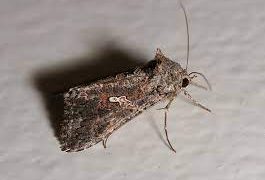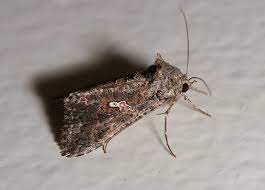The cabbage looper (Trichoplusia ni) is a pest that can cause significant damage to a range of crops including cabbage, broccoli, and cauliflower. This article explores the life cycle, behavior, and potential damage caused by the cabbage looper, as well as effective strategies for prevention and control.
The cabbage looper is a common pest found in North America that can cause significant damage to crops. Its larvae feed on the leaves of many plants, leaving behind holes and damage that can reduce yield and quality. In addition, the cabbage looper is known to develop resistance to certain insecticides, making control challenging for farmers and agricultural professionals.
One effective method for preventing and controlling cabbage looper infestations is the use of biological controls. Bacillus thuringiensis (Bt) is a bacteria that can be sprayed onto crops to kill cabbage looper larvae. Additionally, parasitic wasps and nematodes can be introduced into crops to control cabbage looper populations.
Cultural controls such as crop rotation, trap crops, and timely harvesting can also help reduce cabbage looper populations. In addition, using insecticide-resistant crop varieties and incorporating integrated pest management (IPM) practices into farming operations can also help prevent and control cabbage looper infestations.
In conclusion, the cabbage looper can cause significant damage to crops and can be challenging to control. However, implementing effective prevention and control strategies such as biological and cultural controls, insecticide-resistant crop varieties, and IPM practices can help reduce populations and protect crops.
#CabbageLooper #TrichoplusiaNi #CropPests #BiologicalControls #IntegratedPestManagement #IPM #Insecticides #CropRotation #TrapCrops #Harvesting #Agriculture































